Four ways pet parents are thinking about holistic wellness, and what it means for your brand’s CX
What if we told you your dog would have a fitness watch and a spa day on their Christmas list this year? Well, we might not be that far off…
With over 57% of UK households (66% of American households) owning a pet and over half of those seeing their pet as a member of the family, it is no surprise that we have seen a rise in products that increase the humanisation of pets both in new brands and in the diversification of traditional ‘human brands’. In the US alone, the pet industry is expected to be worth $207.6 billion by the end of 2024.
We find that many areas of pet care mirror the things we do for ourselves and our human children. From how to show your pet the ultimate love with luxury items to ensuring their body and mind are taken care of, we want our pets to be looked after in a personalised and sustainable way so they can live a long and happy life alongside the rest of the family.
We’ve been exploring some of the biggest shifts in pet parenting as we head towards 2025, and we’ve listed some key shifts in customer needs and behaviours which will be shaping and transforming the way we sell to pet owners. The way we care for pets is changing, so surely the way we craft brand experiences must change too?
Posh pets
Just when you thought you’d seen it all, in September 2024, Bark Box (known previously for doggie airlines and dog cereal) announced Crocs for dogs. Following the success of Crocs for babies, and pet owners on TikTok attempting to put them on their pets’ feet with disastrous consequences, the shoes have been redesigned to be perfect for your four-legged friends – so you can have matching outfits when you head to the park!
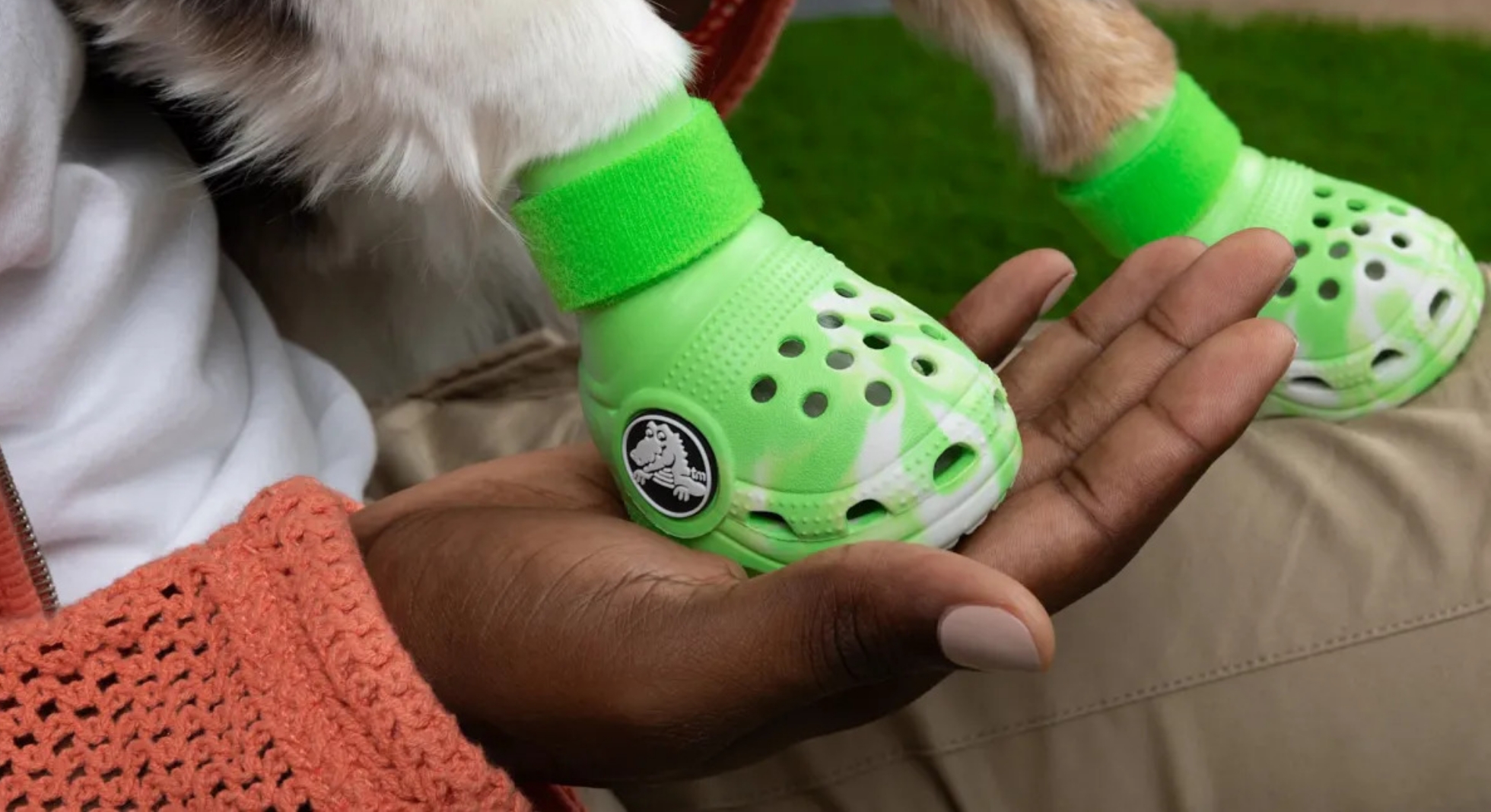

Image credit: https://www.highsnobiety.com/p/dog-pet-crocs/
Not just cute marketing and clichés, this change reflects a larger cultural shift. Pets have truly become household kings and queens, with audiences with higher disposable income wanting to give their pets a personal experience as a member of the family. From boutique pet hotels and doggy afternoon teas to premium grooming and branded clothing, the demand for luxury pet services and products is soaring. For example, the frequency of the search term ‘dog groomers near me’ has grown 40% in the last year (Google Trends). Brands that embrace this trend stand to benefit significantly, but real success lies in how thoughtfully they integrate luxury into the customer experience.
In the UK, pet owners are spending an average of £500 per year on luxury pet products such as high-end treats and toys. This is also true in South Korea, where the average spending on pet products rose from ₩262,000 in 2019 to ₩353,000 in 2022.
Crocs for pets: popularity 2019-20241
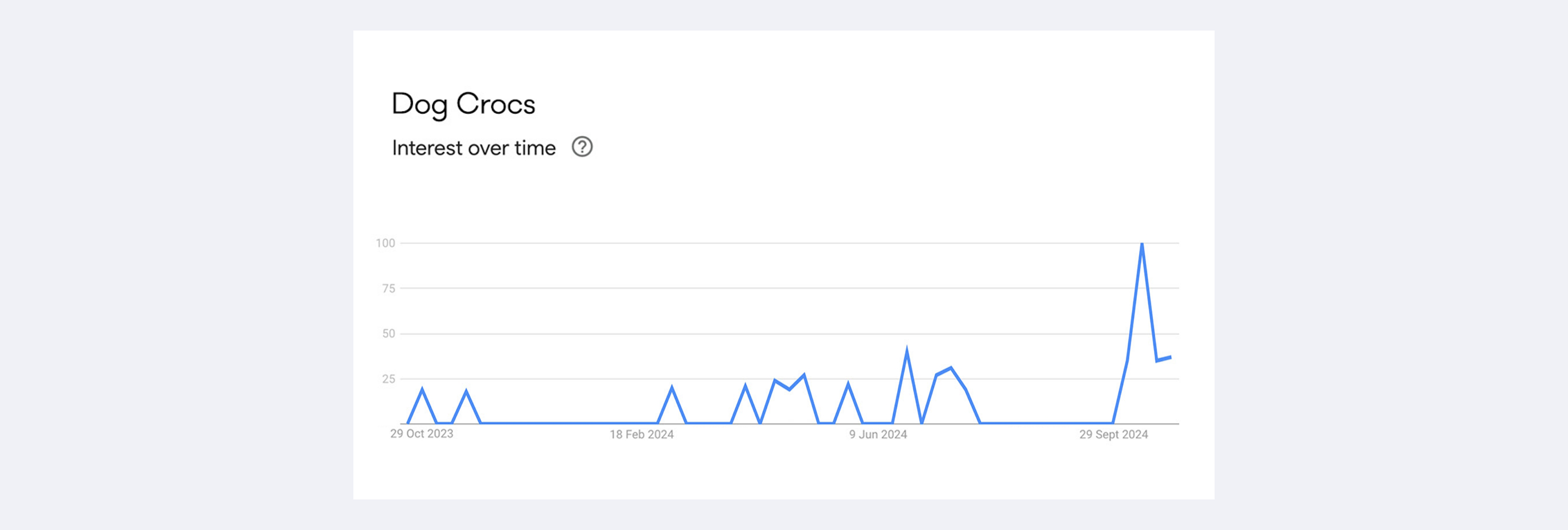
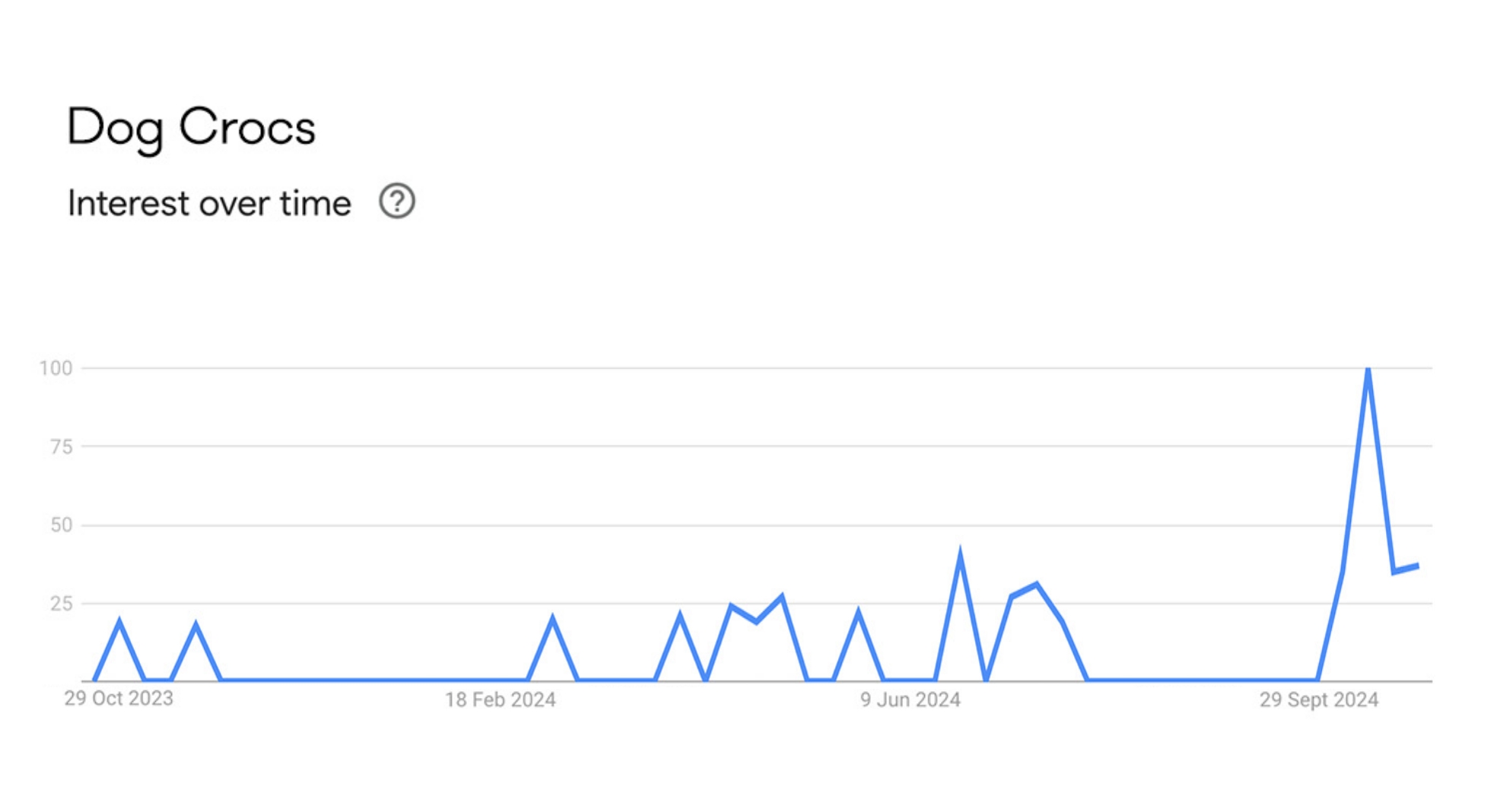
DINKWADs (dual income, no kids, with a dog) are a driving force behind this growth, seeking out companionship and the loving, busy family dynamic featuring pets instead of children. This need to experience togetherness is piquing an interest in audiences looking for shared experiences – e.g. holidays with pets – with conversation and research on dog holidays up 110% YoY.2
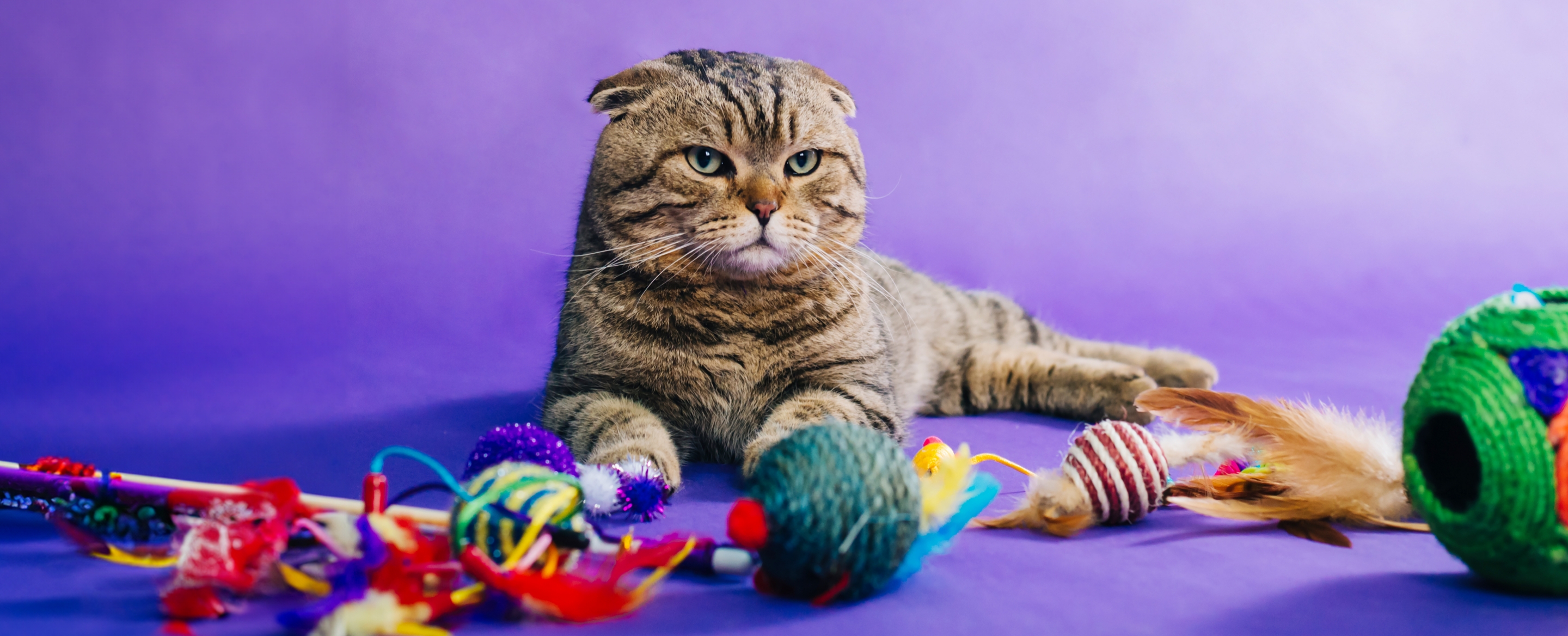

What could the increased demand for luxury pet products mean for my brand?
- Luxurious customer experience: map out your brand’s entire customer journey and identify moments where you can add sophistication, whether it’s through handwritten thank-you notes, premium delivery options or exclusive loyalty perks.
Luxury comes from the detail in the end-to-end customer experience. Consider how you can enrich the experience through moments such as delivery packaging, customer care and loyalty to mirror the luxury experience of human brands.
- Wellness as a necessity: with the rise in luxury pet care coming from a place of real love and care, wellness is a core component that businesses can take advantage of and use to meet customers’ needs.
Think about how your product makes the animal feel. This might include promoting organic ingredients in food, hypoallergenic materials in bedding or stress-reducing features in grooming services. Make it clear that luxury is not just about indulgence, it’s about improving pets’ lives.
- Speak about family differently: with the definition of ‘family’ evolving to encompass all variations of groups of loved ones, we should look to ensure inclusive language is being used around what a family really means.
Review your brand messaging and ensure it resonates with modern consumers who see their pets as family. Train your teams to use language that connects with a diverse set of pet owners, ensuring no one feels left out of the conversation.
The wellness boom
The global pet wellness market is a growing category with a CAGR of 9% from 2024–2030, with pet owners investing heavily in holistic treatments, organic foods and premium healthcare products. A broader cultural shift is making holistic wellness not just a treat but a part of a healthy routine, and brands that exploit this change in attitude could take centre stage.
Shopping experiences have been built around this, with retailers aiming to be the ‘Holland & Barrett of pet care’ by expanding their pet lines to offer holistic pet wellness.
The demand for high-quality, natural ingredients in pet food has been particularly notable, with organic and specialised diets such as grain-free, hypoallergenic and raw food diets becoming mainstream choices for health-conscious pet owners. Foods brand-new to the market are being created, like freeze-dried raw food (led by brands like COYA and James & Ella), which had minimal shelf space in the UK until four years ago. These now hold 5-6% of the market share and are expected to soon increase to around four times that.
Pet owners are moving into a space where wellness is proactive and part of everyday life rather than reactive. This is driven by a desire to improve their pets’ quality of life and longevity. Consumers are demanding tailored healthcare solutions, from DNA testing to personalised diet plans that promise a more scientific, proactive approach to pet health.
Once again, we’ve seen a major increase in interest in gut health reflected in the pet wellness world in the last five years. We have seen a 99% growth in searches for probiotic bites, and a 63% increase in Reddit discussions on supplements, proving that we don’t just want to improve our pets’ gut health, we want to talk about it too.3
What to think about in 2025:
Lead with the benefits
To be immersed in the holistic health market, tone will need to reflect this. Historically, content around pet wellness has been target-area-based, which will continue. However, brands that sell the benefits of holistic health will really resonate with consumers. Brands should focus on educating consumers about the holistic benefits of their products. Whether it’s natural ingredients, sustainability or wellness-driven product innovation, the messaging must resonate with pet owners who are making more informed choices than ever before.
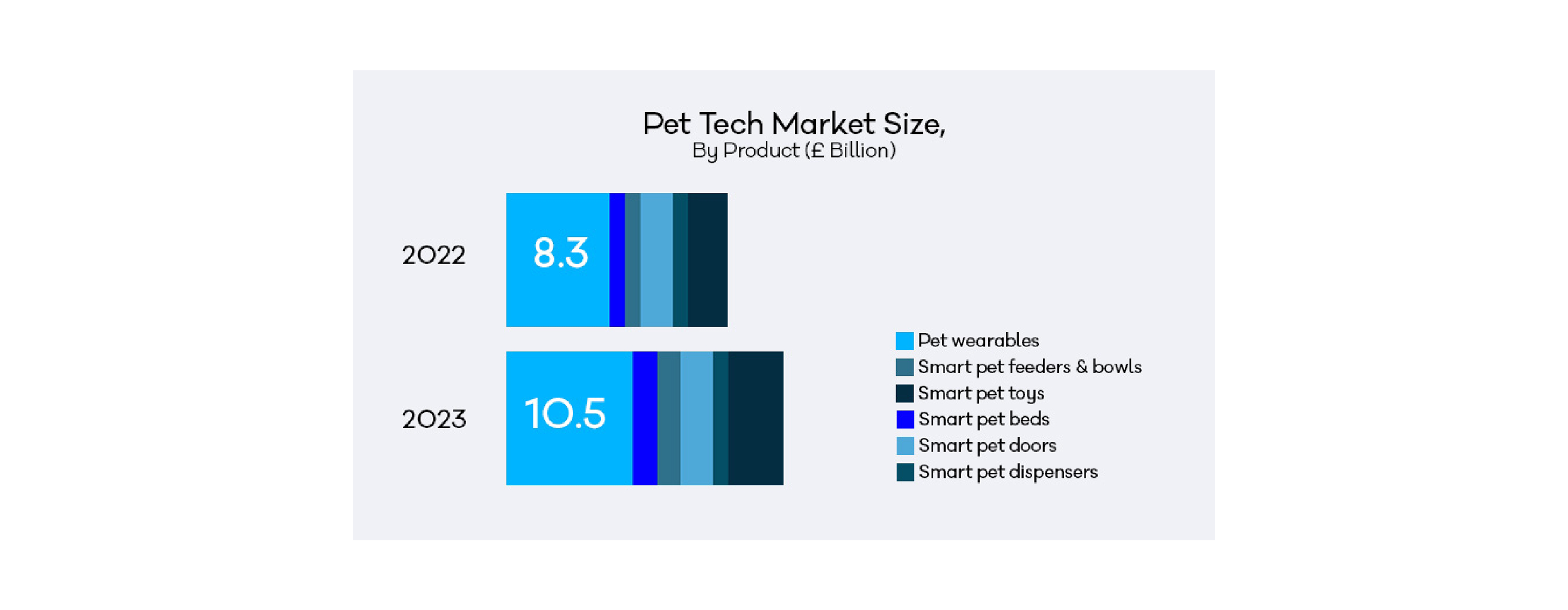
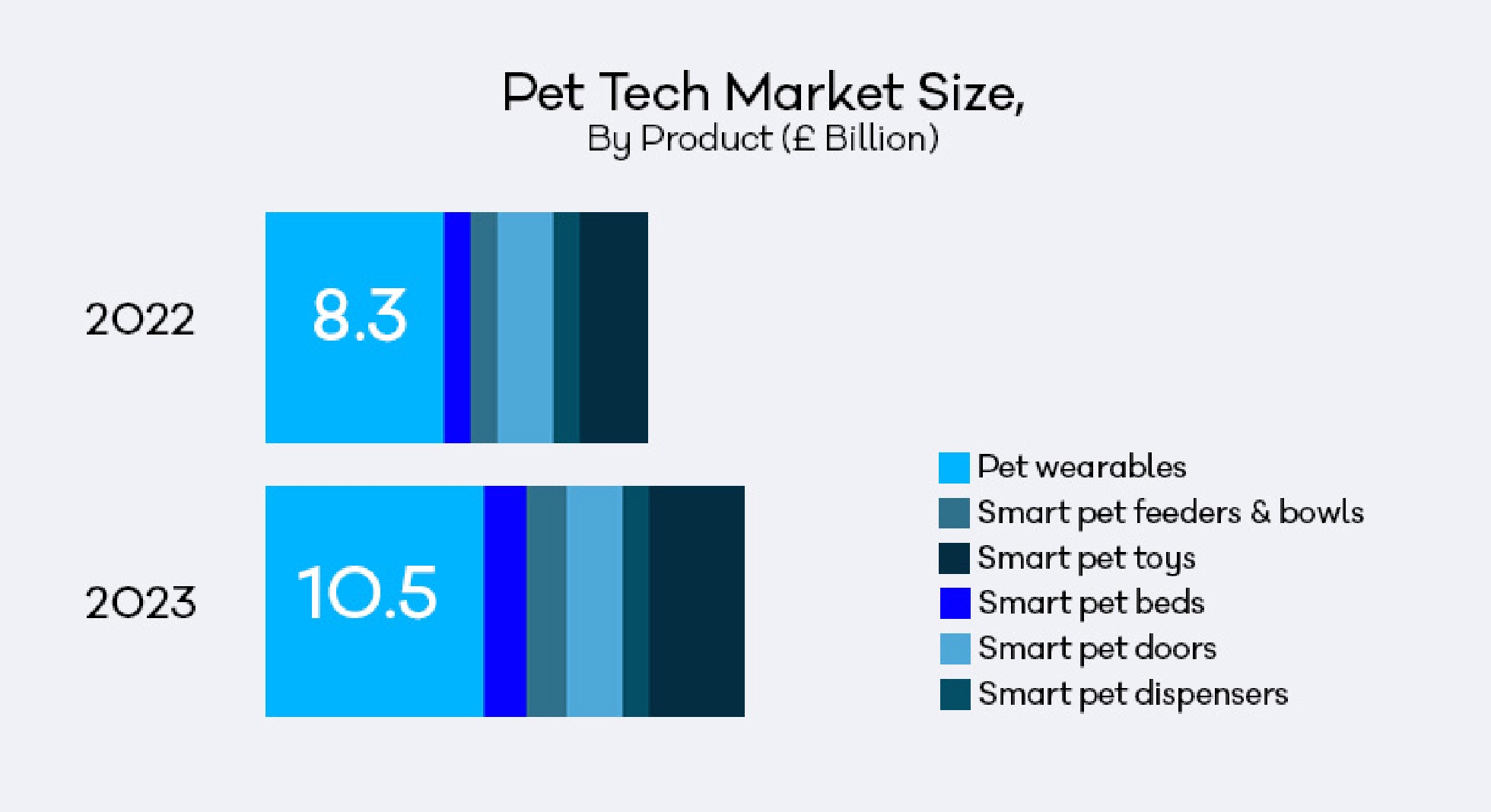
Data-driven holistic health
Smart technology is set to play a major role in helping owners take control of their pet wellness, giving them real-time access to understanding their animal. Offering data-driven insights can help deliver more personalised experiences and relevant notifications, and will improve the overall brand experience for this audience.
Essential, not optional
At the core of holistic wellness is preventative care, which helps owners to feel ahead of any potential health issues for their pets. Brands that offer supplements, organic food or even services such as virtual veterinary consultations will be well-positioned to capture this expanding market. Focus on how your products support long-term health and wellbeing, positioning your products as essential rather than optional.
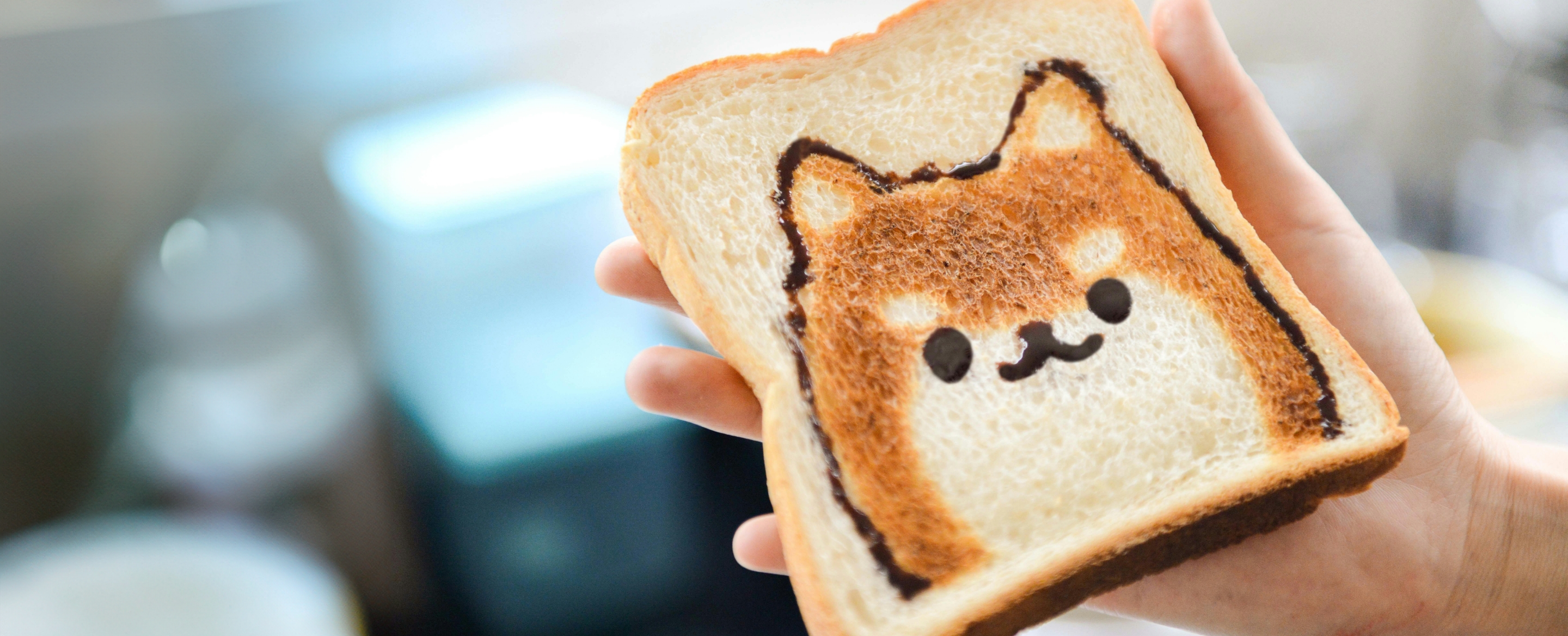

SUSTAINABLE SHOPPERS
The sustainable pet care shift captures everything from eco-friendly packaging and recyclable products to ethically sourced ingredients and carbon-neutral brands. Customers are shopping much more consciously across all categories and, with audiences wanting to make better overall decisions, pet brands are being challenged to do better and be sustainably conscious.
One of the biggest changes in the pet care industry has been the development of sustainable pet products, particularly in pet food and accessories. Brands are moving away from environmentally damaging practices such as single-use plastics and non-biodegradable materials, and opting for greener alternatives. For example, Beco has made waves with its eco-friendly pet toys, bowls and biodegradable poop bags, using materials such as recycled plastic and natural rubber to make sustainable and durable products without sacrificing on quality.
When it comes to food, carbon footprints have traditionally been pretty bad in the pet care market, with meat-heavy diets and processes that leave room for improvement. These processes are resource-intensive and contribute to many issues, such as water overuse and greenhouse gas emissions. To combat this, several innovative brands have embraced alternative protein sources and sustainable farming practices. For instance, Yora Pet Foods offers food made from insect protein – a far more sustainable option than traditional meat-based diets. Insect farming uses significantly less water, land and feed, while still providing pets with the high-quality protein they need. This is reflected in a huge 5,000% increase in searches of the term ‘sustainable food’ in the last five years.4
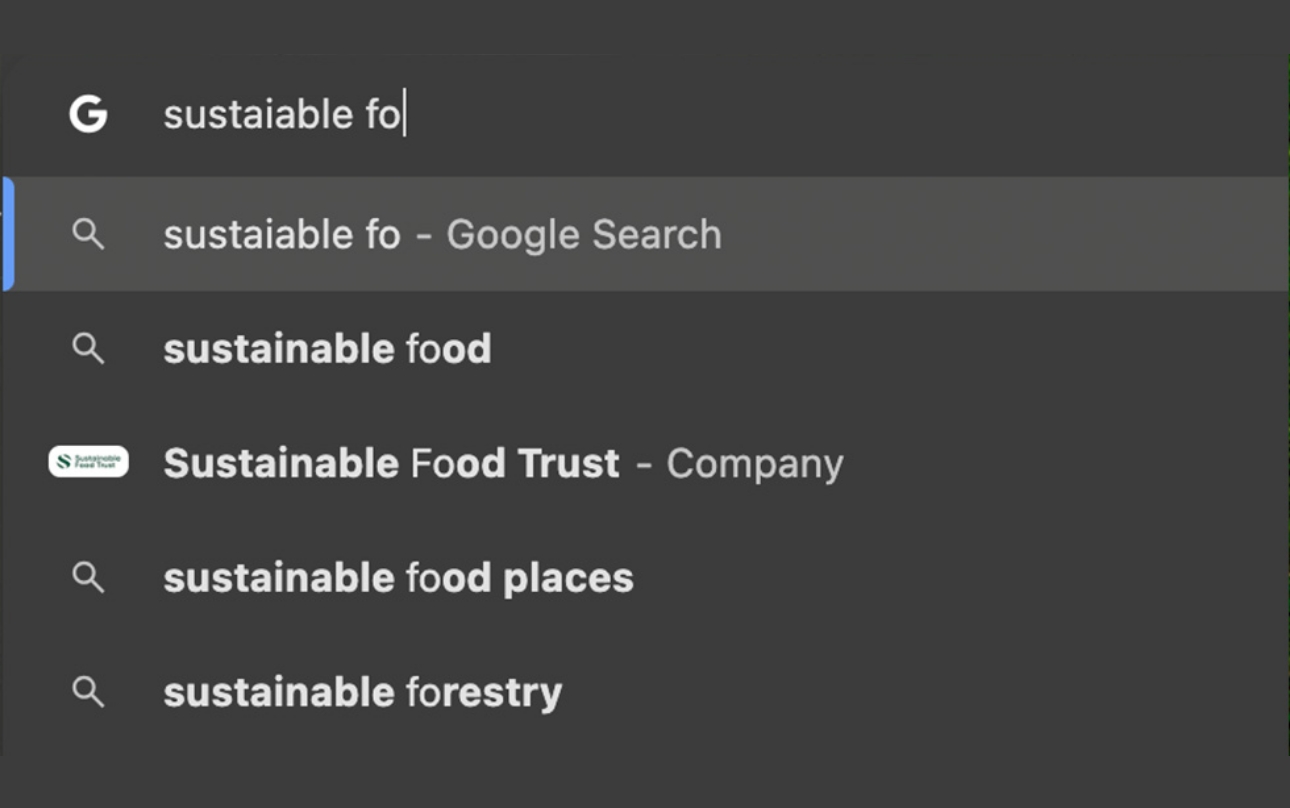
Innovation in packaging is another area where brands can make a difference to appeal to the audience. We’re seeing brands evaluate packaging options for D2C delivery and making commitments to cut out unnecessary plastics, as well as using packaging as a canvas to display sustainable benefits.
To really live by these values, brands need to try to do more. Marleybones, a disruptor brand, is a great example of an ideal customer (human and pup) approach that offers the conscious consumer the best ingredients with great taste, delivered in a sustainable way, ensuring a guilt-free and easy purchase.
It doesn’t always take a new idea to win with sustainability, though – audiences are also looking to prolong the product lifecycle, with a 40% YoY increase in conversation around second-hand dog accessories.5 Marketplaces are helping audiences to get more out of pet products by going second-hand – so much so, that we now see 2,100 monthly searches for ‘used dog crates’.6
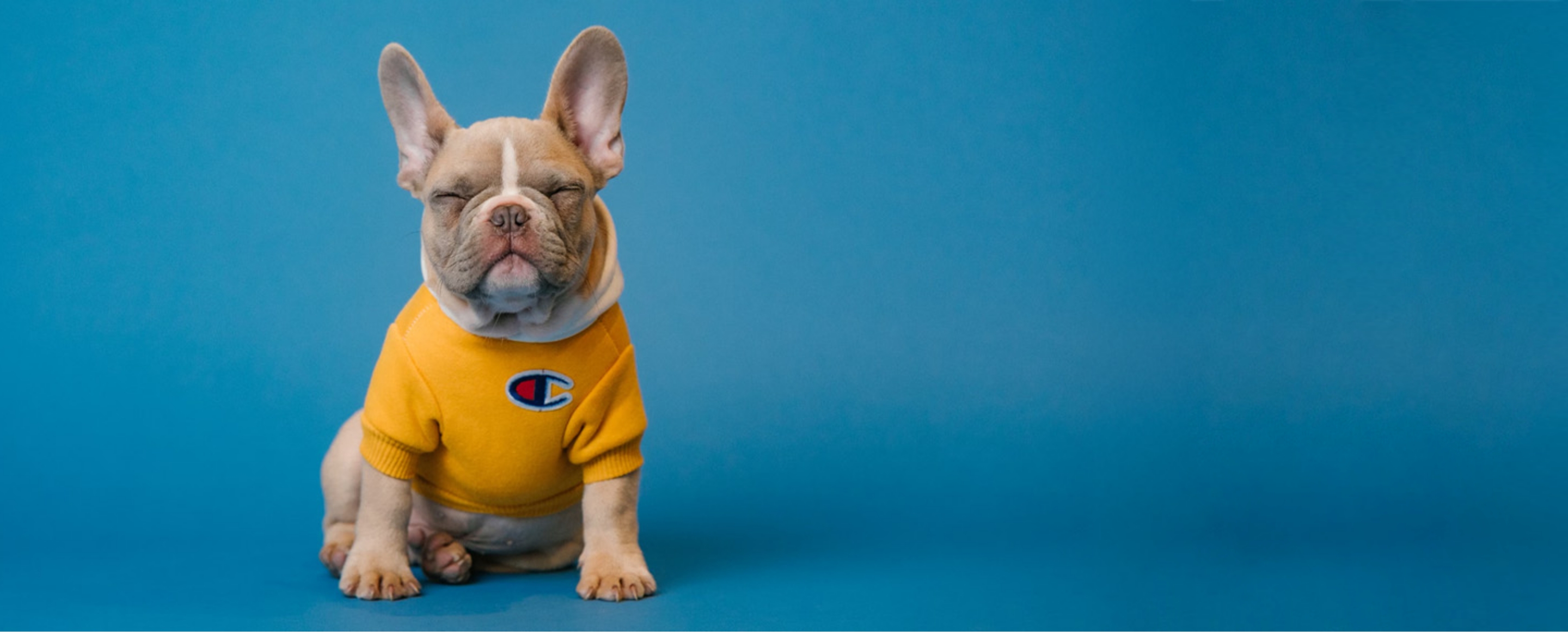

WHAT BRANDS COULD DO IN 2025:
Source as a priority
Brands should be open about what their products are made of and where they come from. Pushing this further than just brand messaging, it should be reflected in any info in the supply chain and should show commitment to their customers to improve visibility.
Responsible pet ownership
To enable pet owners to make better decisions around pet care, brands’ content can play a key role in enabling pet owners to behave more responsibly, e.g. better subscription mechanisms to reduce wastage, clear buyer guides and usage instructions.
Embrace the circular economy
Brands can lead the way by integrating circular economy models into their product offerings. Pet products designed for reuse, recycling or biodegradability will have a competitive edge. Brands should consider offering recycling programmes for old toys, leashes or food packaging – much like how human fashion brands have started buy-back and recycling initiatives.
Digitally empowered ownership
Digital transformation is changing the landscape of healthcare not just for humans but for animals as well, with a 99% increase in the search for ‘vet telehealth’7 and a 19.8% CAGR in pet technology.
It’s rapidly reshaping how we care for our pets, giving pet owners unprecedented control over their animals’ health and wellbeing. As pet owners, we want to continue to understand our pets better and make better-informed decisions. Therefore, digital tools and data-driven experiences are becoming integral to today’s pet care. This shift towards a more informed, empowered approach to ownership asks for real-time, data-driven insights and virtual consultations so that pet owners can provide proactive and personalised pet care.
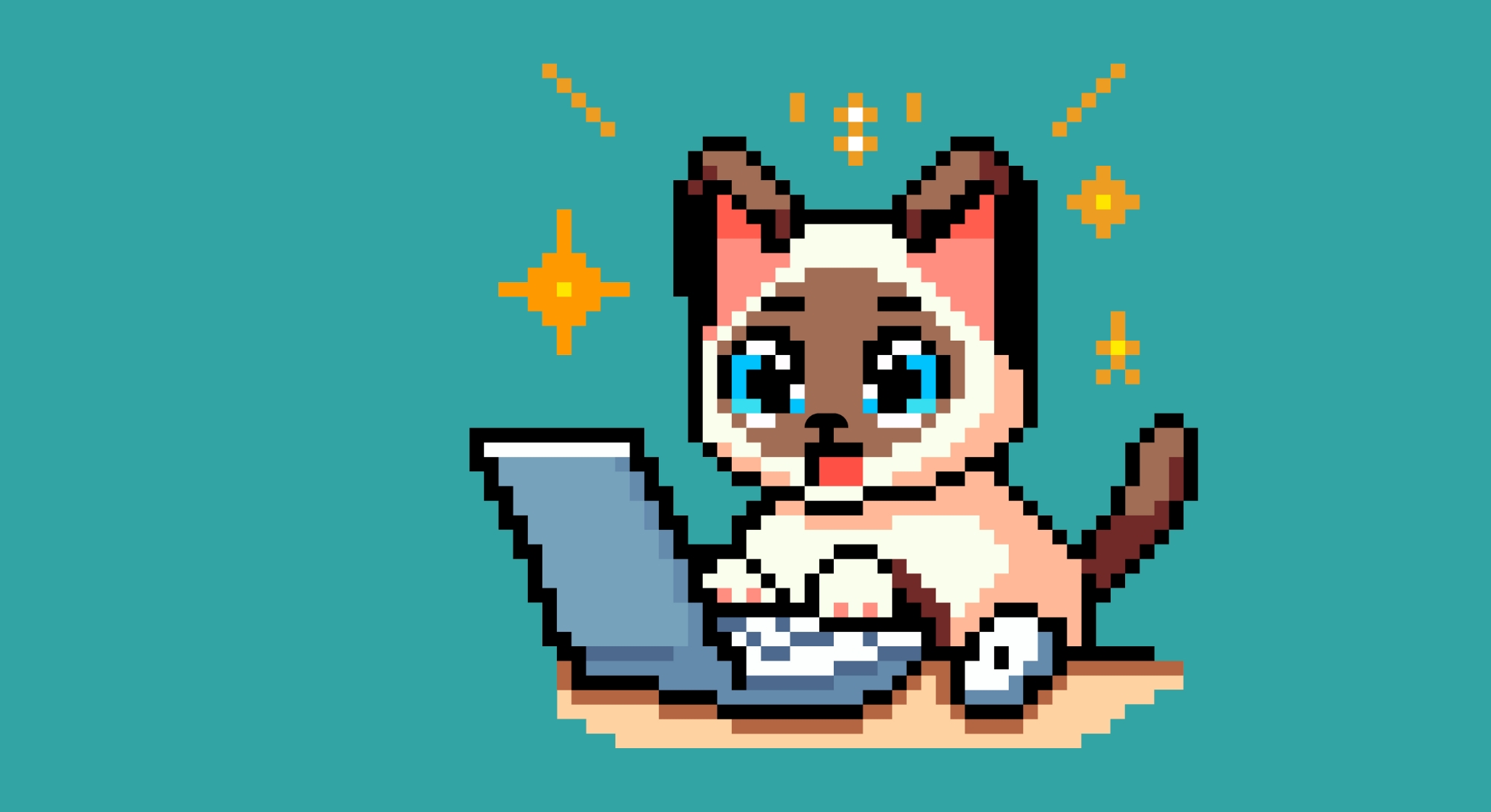

The demand for smart pet technology is growing as we want to really get to know our pets’ needs. Wearables such as Whistle and FitBark are leading the way in pet health tracking, allowing owners to monitor everything from their pets’ activity to sleep patterns and tracking early signs of health issues. Wearables feed owners insights that can help prevent illness and develop precise and personalised daily care routines. This approach to care resonates with pet owners who want to take a proactive, data-driven approach to their pets’ wellness. With searches for pet-health-related tech and products surging in 2023, there is a clear demand for these solutions.
Perhaps the most transformative aspect of digitally empowered pet ownership is the rise of virtual veterinary consultations. During the pandemic, the use of telemedicine in pet care exploded, allowing owners to access vet care from home (thanks to updated ‘under care’ legislation).
Another key area in digitally empowered pet ownership is pet DNA testing. Companies such as Embark and Wisdom Panel offer tests that can provide insights into a pet’s breed, health risks and even behavioural traits. This enables owners to take a personalised approach to their pets’ care, adjusting diets, exercise routines and medical attention based on the genetic profile of their animals.
Overall, brands need to diversify what they offer to enable audiences to ensure continued holistic wellness in their pets’ lifestyles.
WHAT BRANDS COULD DO IN 2025:
Smart tech and partnerships
Pet care brands should consider integrating smart technology into their offerings, e.g. developing partnerships with wearables or creating new tech-enabled products that empower owners with their pets’ data. Offering customers personalised insights into their pets’ health and behaviour will become a differentiator in a competitive market.
Champion accessibility
As legislation surrounding virtual vet consultations evolves, brands can take a leadership role by advocating for greater telehealth access and integrating virtual vet services into their offerings. Partnering with or offering telemedicine services can give brands an edge in delivering comprehensive care solutions.
Lead with personalisation
Brands should exploit the increasing availability of pet data to offer more customised care. Whether it’s personalised pet food based on DNA results or subscription services that adapt to a pet’s activity level, the future of pet care lies in data-informed, personalised products and services.
So what?
In short, it’s important to remember that even though pets can’t interact with your brand directly (well, they can’t read or use a computer), their world is shaped by the choices we make for them. There’s no one-size-fits-all solution, no room for impersonal products and no limit to how far pet owners will go for their companions.
To stay ahead, brands should focus on mapping out their customer journeys to find ways to improve the pet care experience. Embracing sustainability, using technology and personalising products and services will be key to standing out.
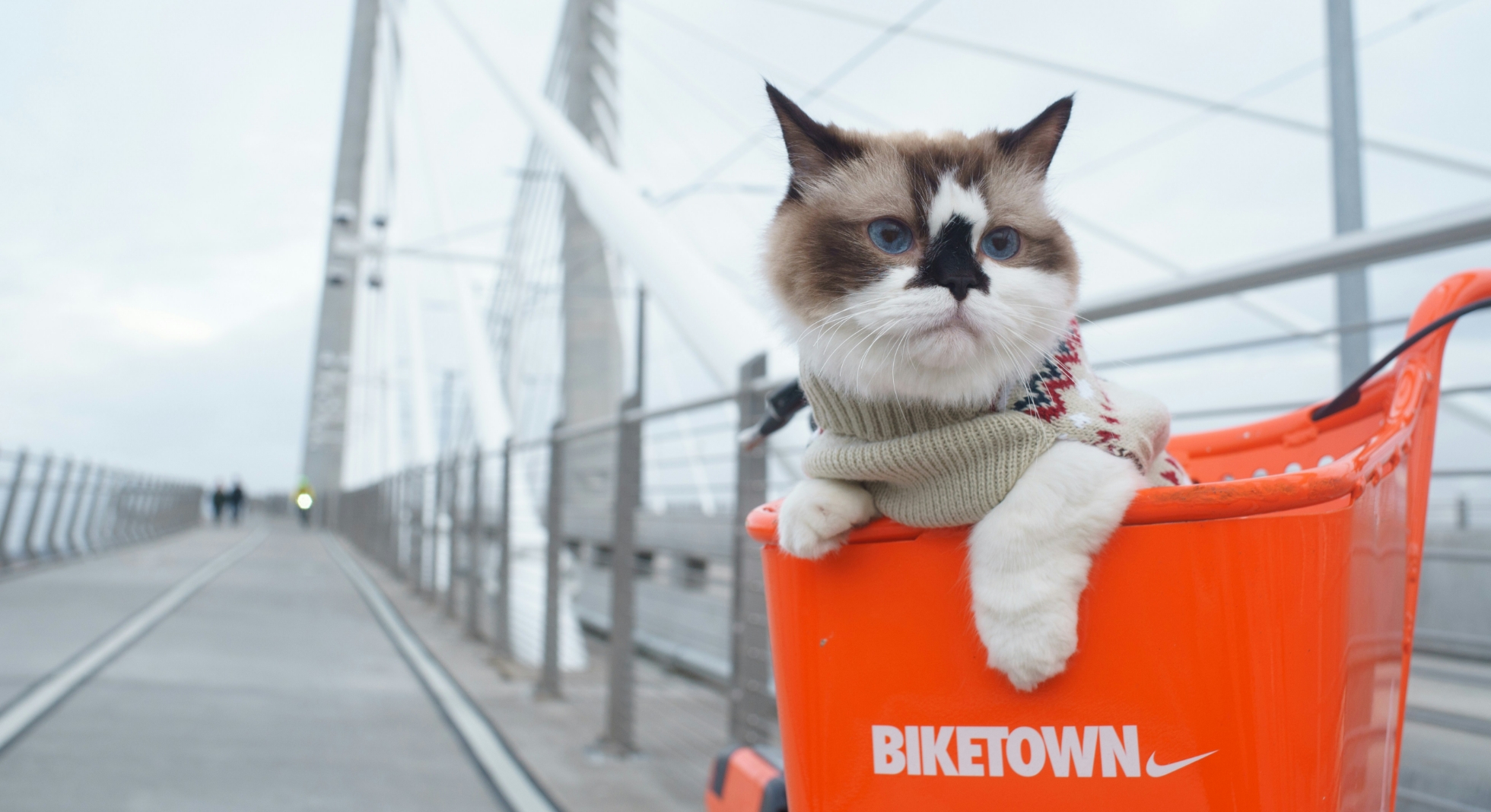

The trends driving the future of pet care include:
Tech acceleration
Smart technology is changing pet care, from health-monitoring devices to online vet services. Brands that offer useful, data-driven tools for pet owners will lead the market.
Sustainability as a priority
Sustainable practices are becoming essential, from eco-friendly packaging to responsibly sourced products. Pet owners expect brands to care about the environment and make ethical choices.
Being solution-focused
The focus on pet wellness is shifting from reactive to proactive care. Brands should highlight holistic solutions that improve pets’ health and wellbeing.
Luxury and experience
Luxury in pet care isn’t just about expensive products, but about creating a premium experience across every touchpoint from packaging to customer service.
As pets continue to be treated like family, brands that combine technology, sustainability and wellness into personalised experiences will be the ones that succeed in 2025.
1krow Group, Google Trends, October 2024
2krow Group, Brandwatch Digital Listening, October 2024
3krow Group, Brandwatch Digital Listening, October 2024
4krow Group, Exploding Topics, October 2024
5krow Group, Brandwatch Digital Listening, October 2024
6krow Group, Semrush, October 2024
7krow Group, Exploding Topics, October 2024
CHAT TO US
Want to discuss how you can build relevance with your audiences?
Contact Sam Bettis, Digital Strategy Partner
sam.bettis@krowgroup.com





